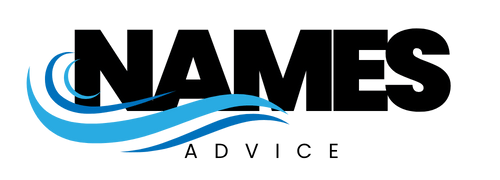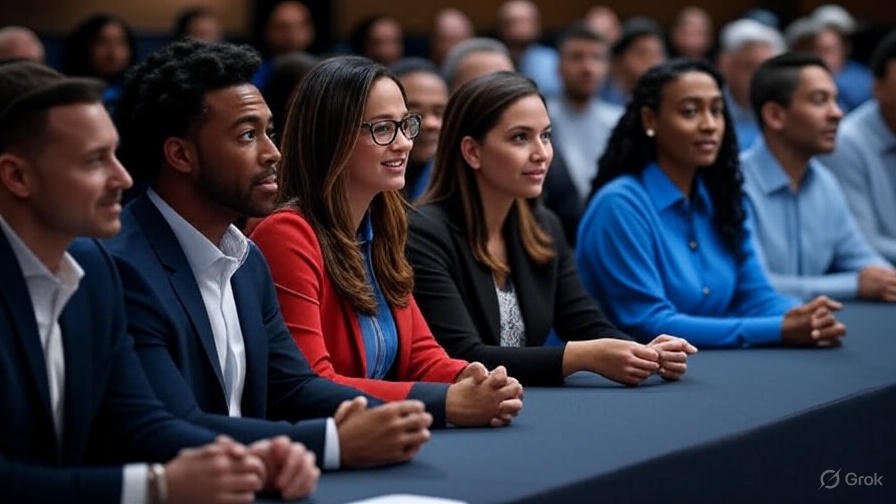The school choice programs debate is a polarizing topic in 2025, with states across the U.S. expanding voucher programs, charter schools, and education savings accounts (ESAs). As policymakers, educators, and parents grapple with the implications, new data and legislation are shaping the conversation. This article explores the latest developments, expert perspectives, and key arguments, offering insights into its impact on education equity, funding, and student outcomes. Learn more about related policies on our Education Policy Updates page.
Understanding School Choice Programs
School choice programs allow parents to select educational options beyond traditional public schools. These include:
- Vouchers: Public funds allocated for private school tuition.
- Charter Schools: Publicly funded but independently operated schools with fewer regulations.
- Education Savings Accounts (ESAs): Funds for parents to spend on private school, homeschooling, or other educational expenses.
The debate centers on whether these initiatives improve education or undermine public schools. In 2025, states like Idaho, Arizona, and Florida are at the forefront, with new policies sparking both optimism and concern.
Latest Developments in the Debate
In April 2025, Idaho launched a voucher program providing up to $7,500 per student for private school tuition. A U.S. Department of Education report noted that similar programs often benefit families already in private schools, raising questions about equity. Critics argue that this diverts funds from public schools, which educate 90% of U.S. students, according to the National Education Association.
Arizona’s expanded ESA program, one of the most comprehensive in the nation, allows parents to use public funds for a range of educational expenses. However, a 2025 audit revealed instances of misuse, intensifying the discussion. Supporters counter that ESAs empower families, citing a 2024 study showing 68% of ESA parents reported higher satisfaction with their children’s education.
Federally, proposals for tax-credit scholarships have gained traction. However, bipartisan concerns about oversight and accountability have slowed progress, as noted in a Brookings Institution analysis.
Pros and Cons of School Choice Programs
The debate hinges on competing priorities. Below is a summary of key arguments:
| Pros | Cons |
|---|---|
| Increases parental choice and flexibility | Diverts funding from public schools |
| Encourages competition and innovation | May exacerbate educational inequality |
| Some studies show improved outcomes in charter schools | Lack of oversight in private and charter schools |
Expert Perspectives
Dr. Maria Gonzalez, an education policy expert at Stanford University, argues, “School choice can empower families, but without strict oversight, it risks widening opportunity gaps.” Conversely, John Smith, CEO of a national charter school network, claims, “Competition drives excellence. Charter schools often outperform public schools in underserved areas.” These views highlight the complexity of the discussion.
A 2025 study by the RAND Corporation found that voucher programs in three states showed mixed results: while some students benefited, public schools faced funding shortages, impacting teacher salaries and resources.
Impact on Teachers and Communities
The debate has significant implications for educators. As public school enrollment drops due to voucher and charter school growth, teachers face job insecurity. The National Education Association reported a 3% decline in public school funding in states with large voucher programs from 2020 to 2024.
In rural areas, where private schools are scarce, school choice offers limited benefits. Community leaders worry about school closures, which can devastate local economies. “Public schools are the heart of our town,” said a Montana school board member in a recent interview.
Equity and Accountability Concerns
A major critique is equity. A 2025 report from Education Week found that voucher programs often favor higher-income families who can supplement funds, leaving low-income students with fewer viable options. Additionally, private schools receiving public funds are not always required to meet the same standards as public schools, raising concerns about curriculum quality and inclusivity for students with disabilities.
The Future of School Choice
As the discussion evolves, policymakers are exploring balanced solutions. Proposals include:
- Increasing public school funding alongside limited voucher programs.
- Implementing stricter accountability for private and charter schools.
- Prioritizing low-income families in voucher allocations.
A 2025 Gallup poll found 55% of Americans support school choice, but 60% want stronger oversight. Transparency and data-driven policies will be critical moving forward. For more on charter schools, visit our Charter School Guide.
FAQ: Common Questions About School Choice
What are school choice programs?
Do school choice programs improve student outcomes?
How do school choice programs affect public schools?
Conclusion
The debate remains a dynamic and contentious issue in 2025. While these programs offer parental flexibility and potential innovation, they raise serious concerns about equity, accountability, and public school funding. As states like Idaho and Arizona push forward with bold reforms, stakeholders must prioritize data-driven solutions that balance choice with fairness. Stay informed about the discussion by following trusted education news sources.


